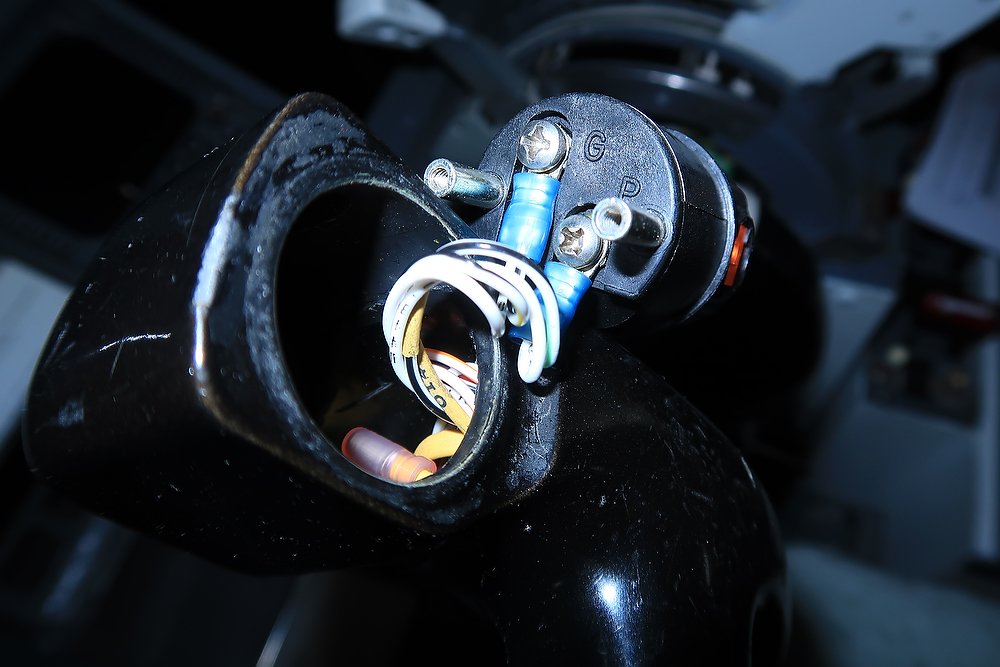Using The Tiller To Taxi The Boeing 737
/captain-side steering tiller
To taxi an aircraft around the airport the pilot uses either the rudder pedals and/or a steering wheel device called a tiller. The half-moon shaped tiller is mounted to the sidewall of the flight deck. The number of tillers in an aircraft is not standard; some aircraft have one tiller while some have two. The tiller controls the lateral movement of the aircraft’s nose wheel, located below and behind the flight deck.
The rudder pedals when pressed do provide some lateral movement, however, nose wheel steering is no more than 7 degrees. To enable full lateral movement of the nose wheel requires using the tiller with some forward thrust (called break-away thrust) from the aircraft’s engines.
If the aircraft is to be moved backwards (for example from the ramp), then a push-back truck and ground controller is required. The controller will connect a bar from the push-back truck to the main coupling of the nose wheel to lock the nose wheel in the forward position. Once this is done, the push-back truck will lift the nose wheel enabling the aircraft to be reversed backwards. A push-back truck can also be used to pull the aircraft forwards.
The ground controller will be in communication with the pilot and will instruct the pilot when it is safe to release the parking brake or start the engines (it is the responsibility of the ground controller, amongst other things, to check that the doors are closed and that personnel are clear of the aircraft). Prior to the aircraft being moved, the pilot will speak with Air Traffic Control to obtain starting and push-back approval.
After ATC has given clearance, the pilot will:
Check and cross check the taxi route instructions issued by ATC.
Release the parking brake by pressing the upper section of the toe brakes.
Apply forward thrust by advancing both thrust levers to around 32%. The actual percentage N1 depends on the weight of the aircraft. The forward thrust should not exceed 40%N1.
Use the tiller to maneuver the aircraft.
To stop the aircraft the thrust levers are brought back to idle, the toe brakes are pressed to stop any forward movement of the aircraft, and the parking brake applied.
Although not recommended, it is possible to aid in the turn by applying appropriate thrust only to one engine.
Important Points:
Reverse thrust should not be used to move the aircraft backwards primarily because of the likelihood on ingesting foreign material into the engine.
Whenever the aircraft is at a standstill the parking brake should be applied.
Taxi Speeds
Taxi speeds vary. Generally, in good conditions the maximum permissible speeds are:
10 knots – when doing turns;
30 knots – when traveling in a straight-line along a runway;
50 knots – when back-tracking along a runway; and,
If the runway is contaminated (ice, snow, etc) the taxi speeds are reduced to 5 knots.
How To Taxi
The nose wheel is located under and to the rear of the flight deck. Therefore, to turn onto and follow the taxi lines accurately you must slightly overshoot the line prior to turning.
OEM Tiller
Another article addresses how to convert an OEM tiller and use in ProSim737 - OEM tiller in ProSim737.
Final Call
With a little practice taxing the aircraft in the flight simulator is straightforward. Points to consider are turning the nose wheel at the correct time (before crossing the line) and applying the correct amount of thrust based on aircraft weight.














































